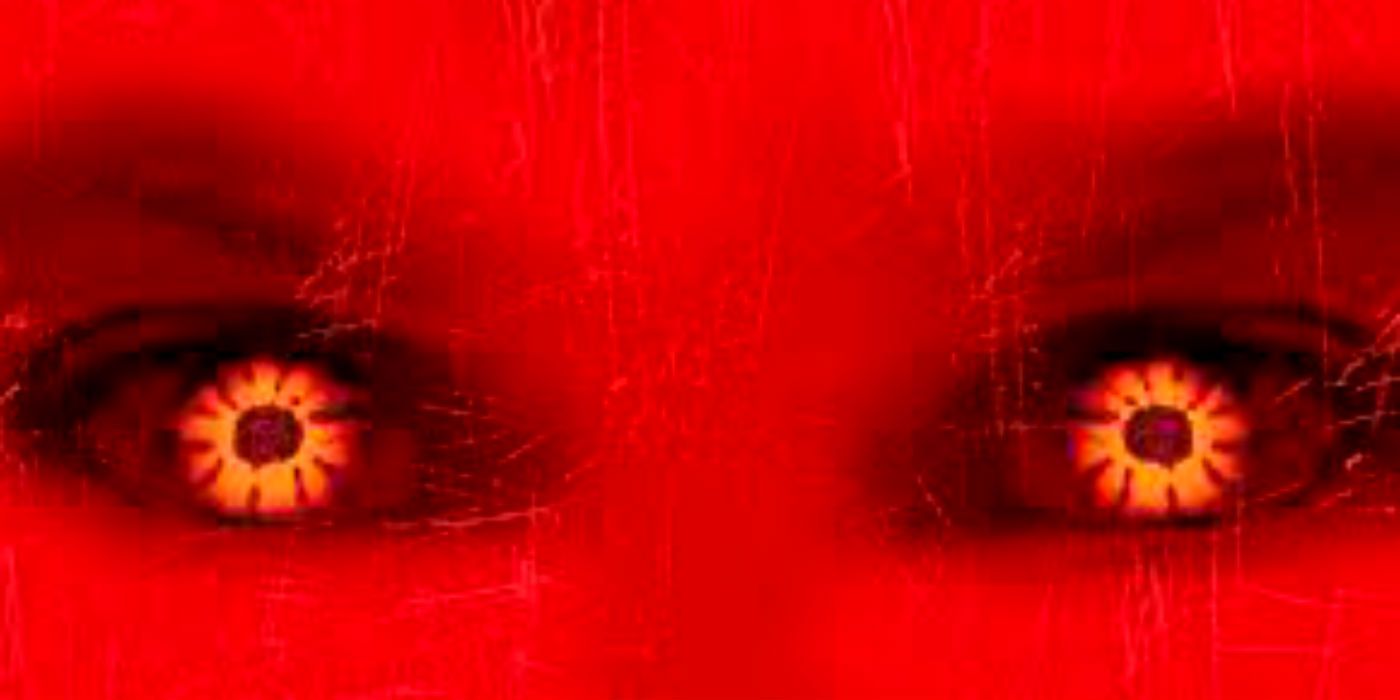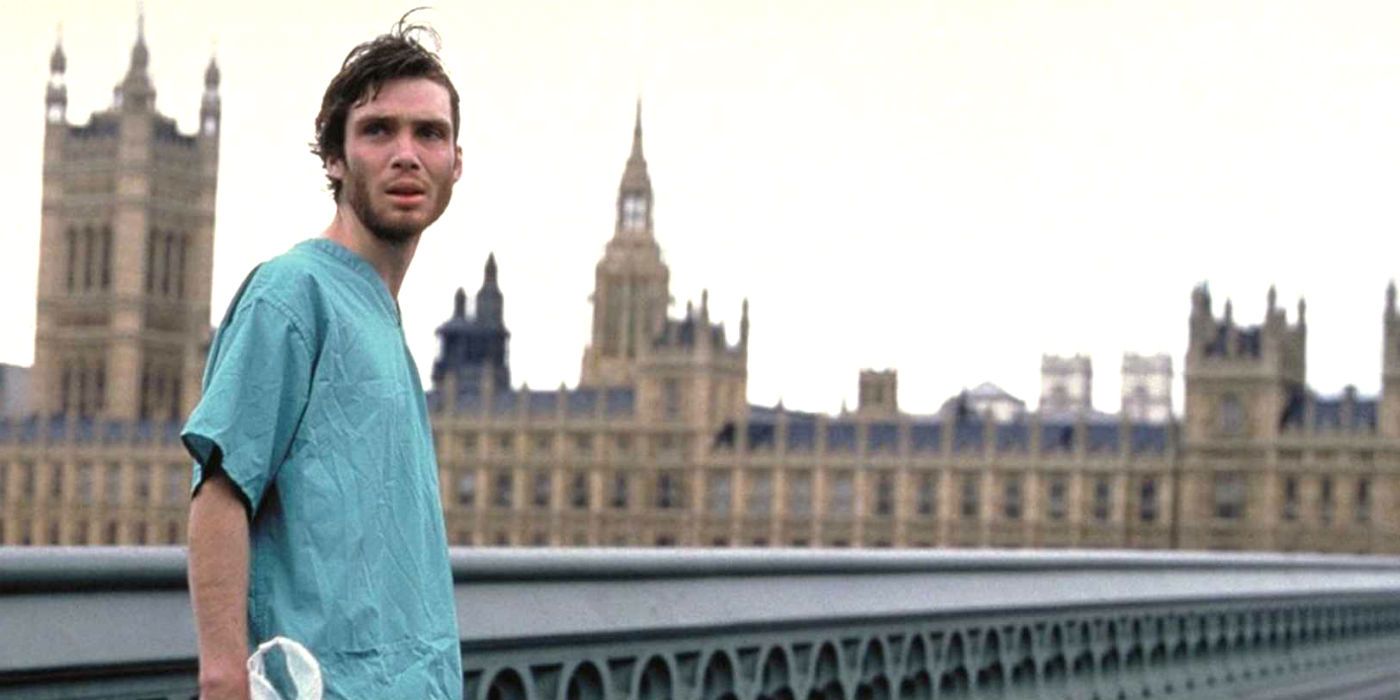Danny Boyle and Alex Garland's 2003 smash hit, 28 Days Later, completely changed the course of modern zombie movies by paying homage to classics and drawing inspiration from something more sinister than the simplistic nature of the "living dead."
Zombie movies are a major staple in the horror genre, and are still one of the most popular "monsters" to date. TV series like The Walking Dead have kept interest alive, but have drawn from movies like 28 Days Later to do so. Similarly, 28 Days Later took notes from masters of horror like George A. Romero to gauge what worked, but added a modern societal twist to his timeless classic, Night of the Living Dead and other films under the director's purview. Political horror is not a new concept, and Romero started tethering these deeper meanings to his films right from the start by putting a black male protagonist on screen in the 1960s. Garland and Boyle paid homage to this by making zombies the background of a post-apocalyptic world where zombies certainly were problematic, but human behaviors that stemmed from life in a lawless world was even more of a threat.
Not only was this a big change to the genre, but the zombies themselves got an update. Garland and Boyle were not the first to create "fast zombies", but they - along with franchises like Resident Evil - created a more terrifying version of the creatures that made them more than just ambling, decomposing, slow-walkers that could be easily dispatched.
28 Days Later Changed Zombie Movies
Danny Boyle, whose film credits include a wide range of movies including 127 Hours, Slumdog Millionaire, and Trainspotting, was inspired by some distinctly human qualities for his zombies. In a way, it can be argued that the beings in the film aren't actually zombies, as they're not dead, but rather infected by the rage virus. In the film's press kit, Boyle explained that the virus mutates based on something that's intrinsic to every human being on the planet: rage. This explains how the world crumbled as quickly as it did in only 28 days. Still, the outbreak and spreading of the virus is similar to what films of this sub-genre have explored in the past.
Garland, who wrote the script, was inspired by the Resident Evil video games and said he had a lot of zombie movies in his head when he explored the concept of running zombies, also known as "fast zombies". Boyle went beyond the concept of running zombies and utilized athletes to portray the zombies, adding to their terror. This, he said, was partially inspired by a dancer he used to date. In an interview with Yahoo, Boyle said, "I'd had a relationship a long, long time ago with a ballet dancer. It was incredible, this body! It was so muscular. It was on a different planet. And I remember thinking, 'If we could put that into the zombies, that would be really scary.' The power in the arms, they can pull you. They can literally tear you apart."
But that wasn't the only inspiration for 28 Days Later's zombies. Social rage was another concept explored. Some instances of social rage are road rage, rage during travel when a flight is delayed, waiting in lines, in hospitals, etc. Though certainly common in 2002 and 2003, it has become even more prevalent - and makes the film's roots more relevant - nearly twenty years later when instant gratification has become not only a luxury, but a necessity. Since life has adapted to doing things the quickest, most efficient, and easiest way possible, it's too simple to succumb to rage when things take a little longer. If something breaks down and causes set-backs in the valuable seconds of someone's daily schedule, an entire day can be considered ruined. This concept not only changes zombies' efficacy in 28 Days Later, but sets the sub-genre up as irrevocably altered.


